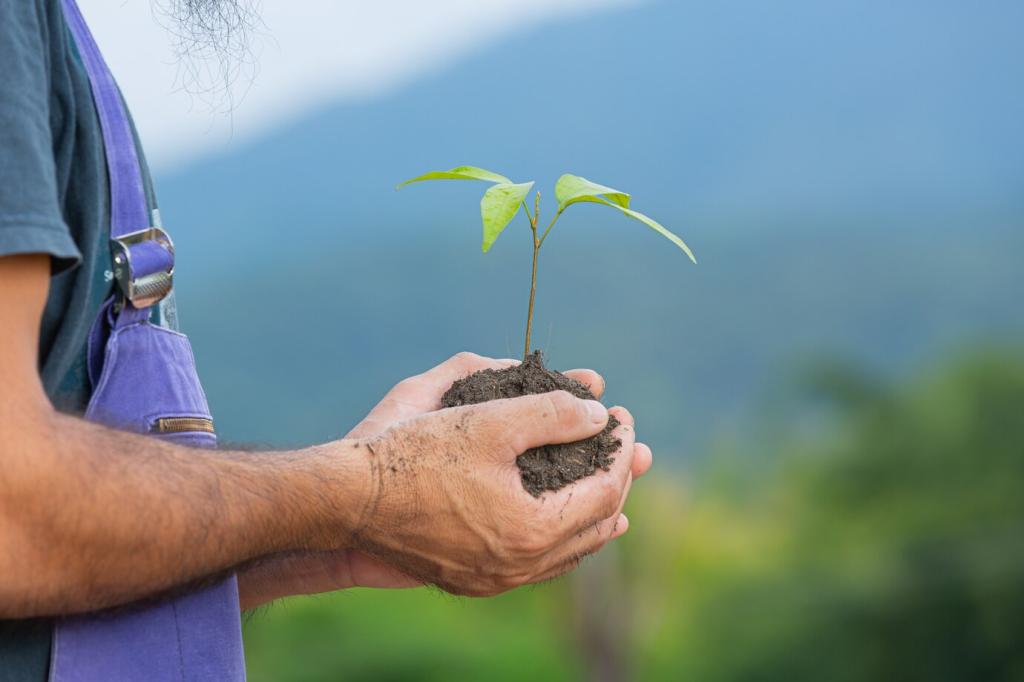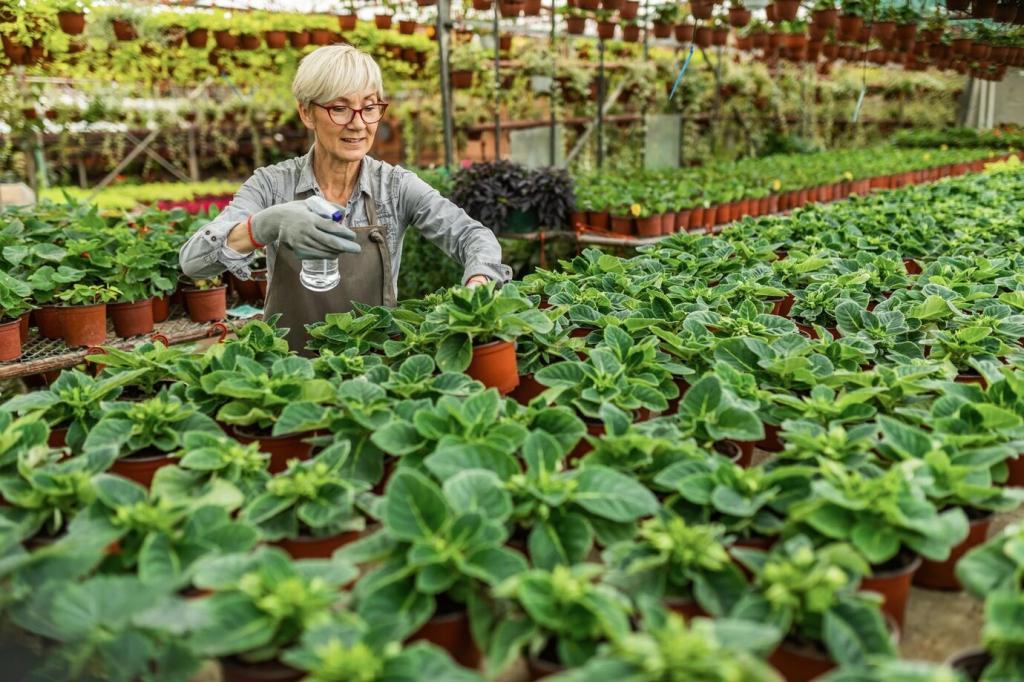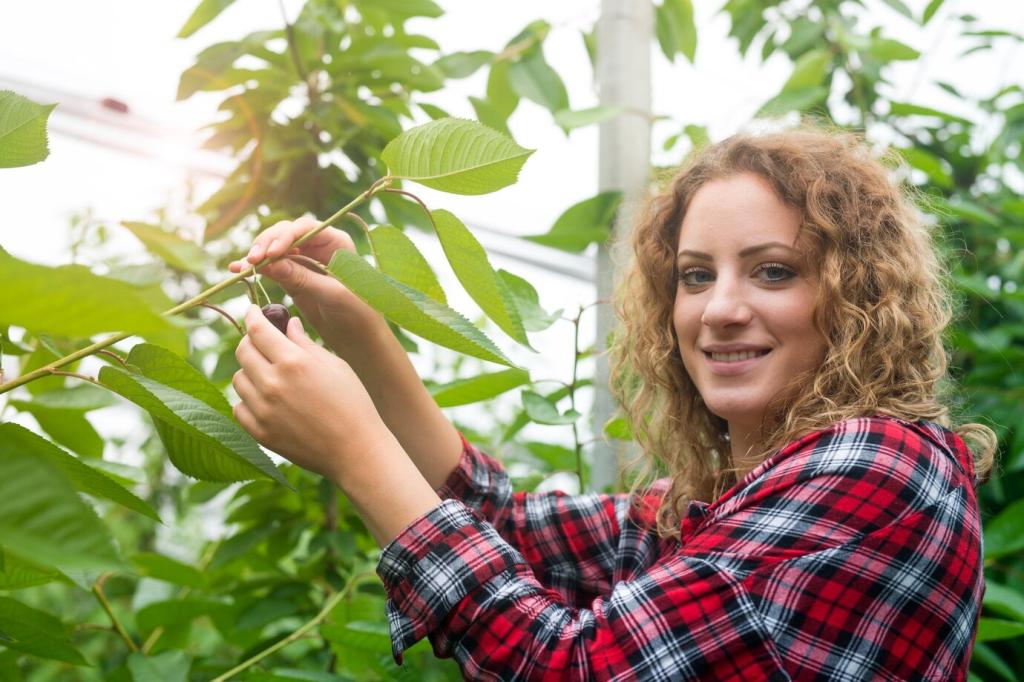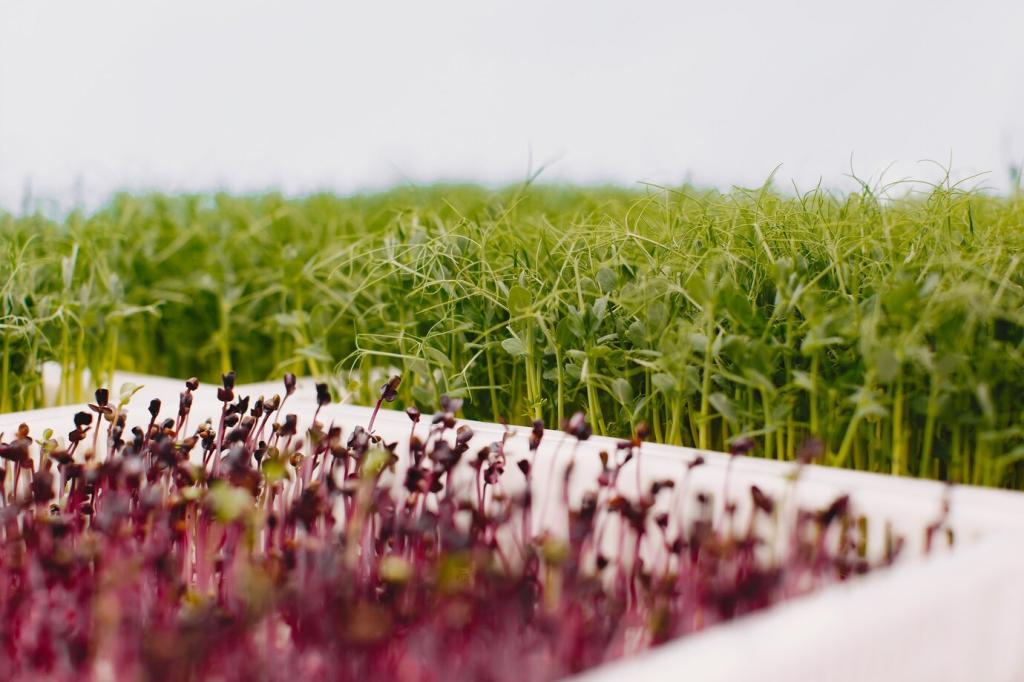This website uses cookies so that we can provide you with the best user experience possible. Cookie information is stored in your browser and performs functions such as recognising you when you return to our website and helping our team to understand which sections of the website you find most interesting and useful.
Sustainable Gardening in Small Urban Areas
Sustainable gardening offers a powerful solution for urban dwellers seeking to connect with nature, promote biodiversity, and contribute positively to the environment. In spaces that are often limited and surrounded by concrete, cultivating a garden can seem like a challenge. However, with thoughtful planning and resourceful methods, even the smallest balconies, rooftops, or patios can become vibrant green oases. Embracing sustainable techniques not only enhances the beauty and functionality of urban gardens but also fosters a sense of community, reduces the urban heat island effect, and leads to healthier living. This guide will explore the key strategies and inspirations for establishing and maintaining a thriving, sustainable garden in small city environments.
Maximizing Limited Space for Urban Gardening

Choosing Sustainable Plants for Urban Spaces

Water Conservation and Management
Efficient Irrigation Methods
Rainwater Harvesting in Urban Settings
Soil Moisture Retention Techniques
Soil Health for Sustainable Urban Gardening
Composting in Small Spaces
Organic Soil Amendments
Remediation of Urban Soil Issues

Natural Pest Management

Homemade Organic Fertilizers


